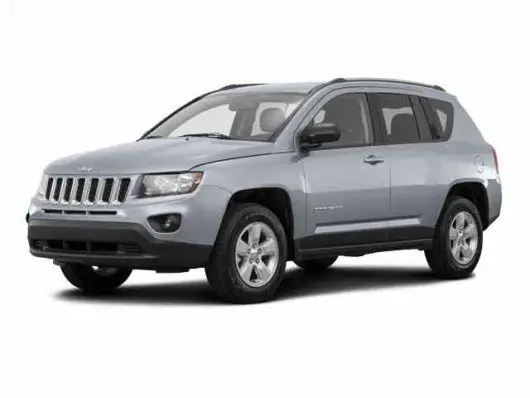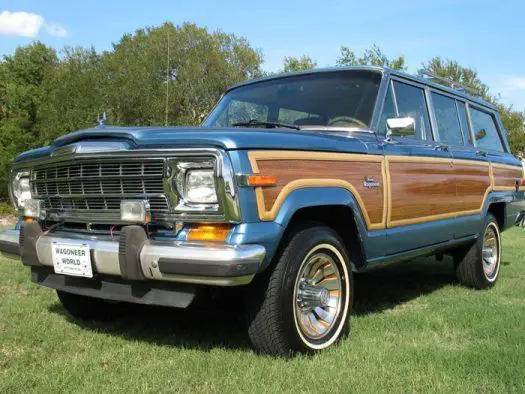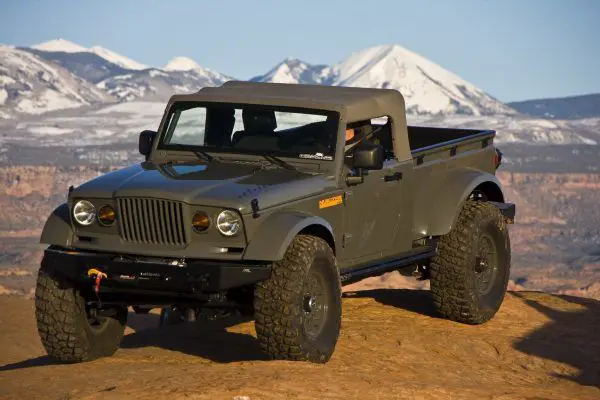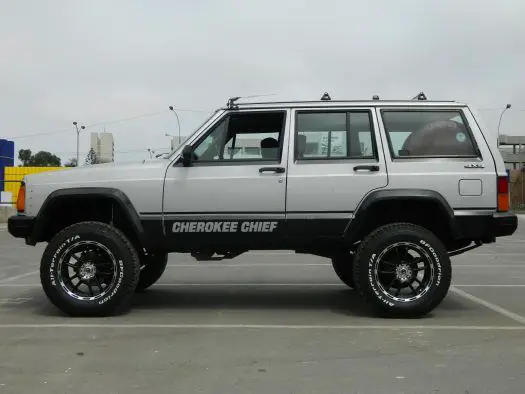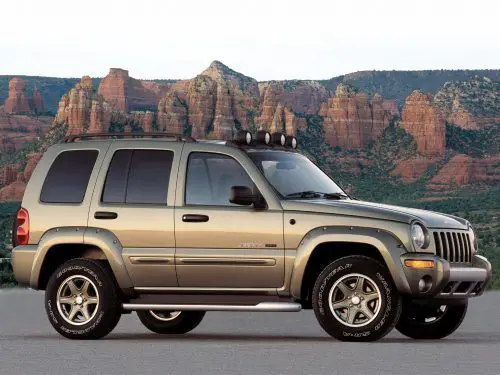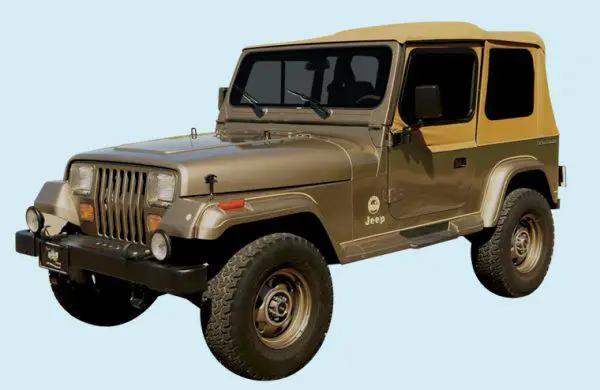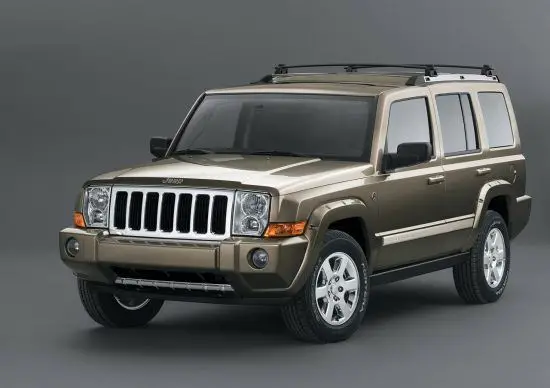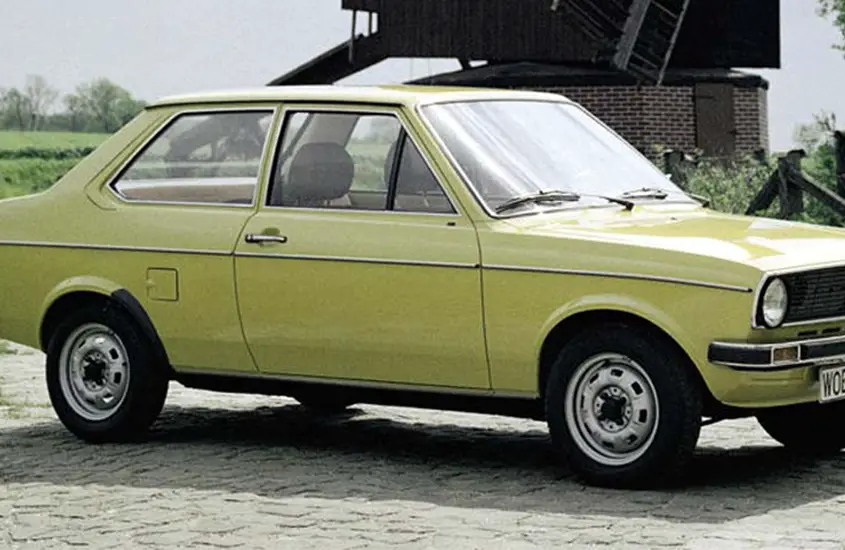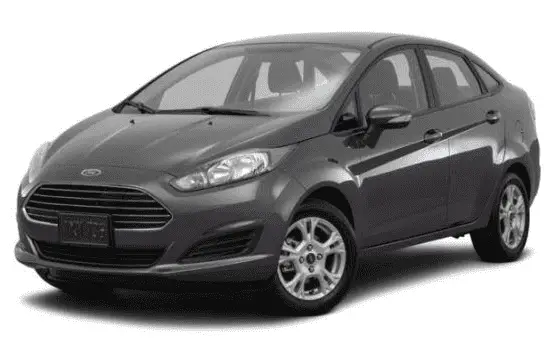Top 10 Worst Jeep Models
We love Jeeps. We even love a lot of Jeeps that made this list of worst Jeep models. But sometimes you gotta take the blinders off and see things for what they really are. In this case, many of those things are big, stinky piles of mediocrity, apathy, avarice, or incompetence.
Whether by design, guile, or mistake, sometimes the factory just pumps out an inferior product. Most of the Jeeps on this list can (and should) be modified into stronger, more durable, or better-working vehicles. Still, some of ’em should be taken out behind the shed and given a double-tappity-tap to the proverbial head.
Table of Contents
- Compass
- ’76-’86 CJ-5/CJ-7
- ’63-’65 1/2 IFS Wagoneer
- M-715
- ’86 V-6 XJ
- Liberty KJ
- Just About Any Pre-’71 FSJ
- ’87-’90 Six-Cylinder Wrangler
- Commander
Compass
It’s an all-wheel-drive car with a huge chin overhang that kills approach angles. The CVT transmission clobbers any kind of off-road ability, and even if you spec the five-speed the intrusive computer cuts power output and limits torque to the spinning tire(s) which stops any forward momentum.
Driving a Compass off-road is only slightly better than wheelin’ a Prius. At least you won’t electrocute yourself when you get stuck in a puddle.
’76-’86 CJ-5/CJ-7
We love the CJ, but that doesn’t mean it wasn’t a pile. The bodies weren’t galvanized so they rot away. The steering and clutch linkages can separate when the body and frame flex on the trail. The frames crack at the suspension mounts (or pretty much anywhere, really).
The steering box mounts snap in half or fall off of the frames, and the two-piece axleshafts in the Model 20 are guaranteed to separate and spin with off-road use. In short, they sort of fall apart if you use them.
Add emissions gizmos onto the 4.2L engine, a crappy Carter BBD carburetor to ensure sputtering and impossible tunability. A wiring fuse box that’s the work of Satan, and it’s a wonder the CJs of that era didn’t bring down the whole company. Hey, wait a minute…where’d AMC go?
’63-’65 1/2 IFS Wagoneer
A low-revving 230-cube overhead-cam six-cylinder that wasn’t the most durable of engines starts it off. The funky IFS suspension was innovative, but hasn’t proven that durable off-road or easy to maintain.
It is somewhat reminiscent of a bastardized Ford TTB, but with big, swinging cast-iron upper linkages and a steering setup that allowed the tires to go toe-out or -in as the suspension cycled.
Again, another innovative option was the cast-iron Borg Warner AS-8F automatic, but if you chose it you were stuck with the single-speed Dana 21 T-case with no low range. In short, it’s not so much the sum of the parts that earns this vehicle a spot in this list as it is the intended purpose.
This is perhaps the first 4×4 Jeep that made allowances for on-road comfort at the cost of off-road performance: a harbinger of things to come in the watering down of the Jeep brand to the modern day.
M-715
Here’s another Jeep we absolutely love, but if you take the blinders off, you’ll see it really isn’t an exceptional vehicle in stock trim. For starters, it came with Jeep’s by-then antiquated Tornado 230 OHC motor.
The 230 didn’t like to rev at high rpms because things inside sort of, well, came apart. So naturally, the low-rev torque engine was matched to a high-revving 5.87 gearset in the axles. Kaboom-city.
Despite its big ring and pinion, the closed-knuckle Dana 60 front has 30-spline axleshafts which are metallurgically inferior to more modern shafts and, like the Dana 70 rear, used a big, bell-shaped drum-brake setup with wheel cylinders lacking internal chrome plating, so any moisture in the brake system led to rusted, seized cylinders.
The divorce-mounted NP200 T-case leaked gear oil out of the yoke seals even when new. The trucks were heavy, had no power steering, and most of all, rode like a freight train on a dirt road.
With open diffs and a completely incompliant suspension, as soon as you hit uneven terrain forward momentum ceased and you were left spinning tires.
’86 V-6 XJ
The 60-degree GM 2.8L V-6 was a gutless turd with a propensity to chuck its rod bolts into the oil pan, blow head gaskets, and leak like a sieve.
That is, when they were actually running. Putting out 115hp, it was actually rated at 2hp less than the 2.5L TBI four-cylinder “base” engine and only mustered an additional 10lb-ft of torque.
Most came backed by Chrysler’s decent TF904 three-speed auto, however, any additional “performance” from that additional 10lb-ft was quickly neutered.
The front axles were a low-pinion CAD design, the rear was the craptastic Dana 35, and the interior color schemes were straight out of Chrysler’s leisure-suite ’70s wardrobe. Yuck, yuck, breakdown, yuck on a tow truck.
Liberty KJ
With a CRD diesel option for a while, a true two-speed T-case with a proper low range available, and a somewhat-strong IFS front suspension, the component list of the Liberty isn’t exactly our biggest gripe with the vehicle.
It’s the way Jeep marketed it to the media and public that got our goat. It was introduced during its ’01 debut as an entry-level, college kid-type commuter to fill a demographic left void by the XJ, WJ, and TJ models available at that time.
It wasn’t touted as a true off-road machine because, let’s face it, it’s not. With a suspension design not easy to lift, axles not easy to beef and upgrade, and wheelwells not able to swallow much of a tire, it seemed poised for a life shuttling its owners to ski resorts and beach parties.
Jeep had told us that they were not killing the Cherokee at the Liberty media intro, but then changed its mind a few months later.
And nearly as soon as the XJ’s carcass was cold, a Trail Rated badge was slapped on the Liberty’s fenders and we were led to believe it was Rubicon-ready off the dealership floor.
Just About Any Pre-’71 FSJ
Early FSJs, especially pickups, were a match of forgettable components-foremost of which included closed-knuckle Dana 27 front axles with drum brakes, rear axles with weak two-piece axleshafts, and odd-ball engines like the 230 OHC Tornado inline-six and 327 Vigilante V-8. The Vigilantes were and are expensive to buy parts for.
The Tornado suffered from reliability issues, some of which stemmed from the funky cylinder head arrangement and overhead cam whose six lobes tickled both the intake and exhaust valves.
Weird. Some got good four-speed manuals or autos, but most left the factory with the same little three-speed manuals used in the CJ lineup.
’87-’90 Six-Cylinder Wrangler
The four-cylidners got a nice fuel-injected 2.5L and the tolerable AX-4 four- or AX-5 five-speed manual, but the six-cylinder 4.2L spec sheet read like a who’s who of the garbage bin.
The 4.2L was a respectable engine with great durability, but it was saddled with a computer-controlled Carter YF carb, lackluster ignition system, and buried under miles of cumbersome emissions equipment.
The TF999 three-speed automatic was okay, but most left Toledo with the horrendous Peugeot BA-10 five-speed manual. The ’87s got a decent but obscure NP207 T-case that enjoys very little aftermarket support.
Add the CAD Dana 30 front with 260X-size U-joints and a Dana 35 rear, and the early YJ drivetrain isn’t the stuff of legend.
Commander
It has three rows of seats, sure. But they are all uncomfortable. And if you’ve ever sat in the rear-most row, it’s enough to make even the most claustrophobic-resistant person break out in a panic.
You can’t climb over the front seats, and there’s no room to bust out a window and crawl out of any of the back windows.
In the event of a crash or emergency, you’d be doomed to fry like a piggy on a spit. Up front, your knees will be in the glove box.
In the middle, your knees will be in the front seat. In the back, your knees will be in your chest, but it won’t matter ’cause you’ll be totally insane from the confined space in less than five minutes. Kiss your mind goodbye. Oh, and why are there two optional V-8s: a 4.7L and a 5.7L Hemi? Why?
Amazon and the Amazon logo are trademarks of Amazon.com, Inc, or its affiliates.


